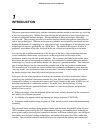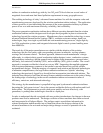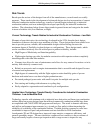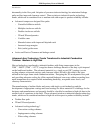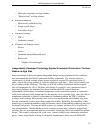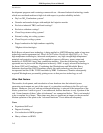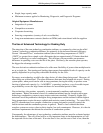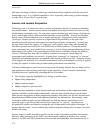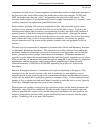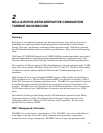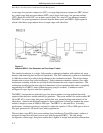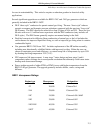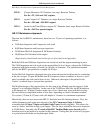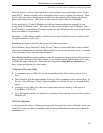
EPRI Proprietary Licensed Material
Introduction
1-8
efficiency advantage of the new technology combustion turbine might not offset the increased
maintenance costs. It is a difficult equation to solve, especially when trying to predict changes
over the 20 to 30 year life of a typical plant.
Insurers and Lenders Perspective
Technology risk is of interest not only to owners and operators but also to insurance companies
and project lenders. Insurers protect owners and lenders from major financial loss due to costly
but infrequent accidental events. In some cases, unproven technology and changes in design can
lead to catastrophic failures and/or extended durations of unavailability. Insurers are therefore
keenly aware of the introduction of new models and designs. Insurance for newly introduced
“prototype” designs typically require very high financial responsibility on the part of the
manufacturer until they have demonstrated several thousand hours of operation. At that point,
the new model enters the category of “unproven” until typically one to three units leading the
fleet have operated successfully for over 8,000 hours at rated conditions. During this period,
some components may be excluded from coverage, as well as design and manufacturing defects.
Depending on the results of this operating period, the insurer would then classify the model as
“proven”, although they may take exception to insurance coverage for certain high-risk
components until problems are resolved. In going from “prototype” to “unproven” to “proven”,
deductible and premium amounts are reduced as the insurer perceives less risk. Extensive testing
of the engines for reliability in a controlled environment such as a manufacturer facility is judged
as being far superior to field testing to demonstrate performance and reliability.
Advanced technologies are perceived as having more risk mainly because they are being used in
new applications and are being scaled up to larger capacities. Overall, insurers consider the
following factors as significantly extending the risk of accident:
• New designs (typically highlighted by a change in model name)
• Higher firing temperature
• Higher capacity/output
• Higher compressor pressure ratio
Major insurance companies closely monitor and track performance of the combustion turbine
suppliers and their specific models individually, and track their claim history for each model.
Some insurers retain more in-house engineering expertise than others, but all have become more
dependent upon OEM technical and marketing materials for information. Interestingly, some
combustion turbine models are rated differently by different insurers; manufacturers are
generally eager to get their models moved from “unproven” to “proven”, signaling more
acceptance by insurers and therefore easing the sale of their model to the project developer. It
appears that an insurer’s recent claim history and/or anecdotal evidence plays a major role in the
models risk rating.
Insurers expect to profit from their activities by the receipt of premiums and their investments.
However, their experience in the 1990’s was that insuring combustion turbines was a losing
business. In 2001 and 2002, premiums were increased and deductibles were increased to try to




